Market Growth Projections
The Global Absorbable Heart Stent Market Industry is projected to experience substantial growth in the coming years. With a market value of 0.22 USD Billion in 2024, it is anticipated to reach 0.64 USD Billion by 2035. This growth trajectory suggests a compound annual growth rate (CAGR) of 10.35% from 2025 to 2035. The increasing adoption of absorbable stents, driven by technological advancements and rising cardiovascular disease prevalence, underpins these projections. As healthcare providers recognize the benefits of these innovative devices, the market is poised for expansion, reflecting a broader trend towards minimally invasive and effective cardiovascular treatments.
Technological Advancements
The Global Absorbable Heart Stent Market Industry is witnessing rapid technological advancements that enhance the efficacy and safety of stent implantation. Innovations such as bioresorbable materials and advanced drug-eluting technologies are being developed to improve patient outcomes. For instance, the introduction of stents that gradually dissolve within the body reduces the risk of long-term complications associated with permanent implants. This trend is expected to drive market growth, as healthcare providers increasingly adopt these advanced solutions. The market is projected to reach 0.22 USD Billion in 2024, reflecting a growing preference for innovative medical devices.
Growing Geriatric Population
The increasing geriatric population worldwide is a notable driver for the Global Absorbable Heart Stent Market Industry. Older adults are more susceptible to cardiovascular diseases, necessitating effective treatment options. As the global population ages, healthcare systems are challenged to provide adequate care for this demographic. Absorbable heart stents present a viable solution, as they address the unique needs of elderly patients by minimizing the risks associated with permanent implants. This demographic shift is likely to contribute to market growth, as healthcare providers seek innovative solutions to manage cardiovascular health in aging populations.
Rising Healthcare Expenditure
The rise in global healthcare expenditure is a significant factor influencing the Global Absorbable Heart Stent Market Industry. As countries allocate more resources to healthcare, there is an increasing focus on advanced medical technologies that improve patient outcomes. Investments in healthcare infrastructure and technology enable hospitals and clinics to adopt absorbable heart stents, which are perceived as a cost-effective solution in the long term due to their potential to reduce complications and re-intervention rates. This trend is expected to support market growth, with projections indicating a substantial increase in market value over the next decade.
Rising Cardiovascular Diseases
The prevalence of cardiovascular diseases globally is a significant driver for the Global Absorbable Heart Stent Market Industry. As lifestyle-related factors contribute to an increase in heart conditions, the demand for effective treatment options rises correspondingly. The World Health Organization indicates that cardiovascular diseases remain the leading cause of death worldwide, prompting healthcare systems to seek advanced solutions. Absorbable heart stents offer a promising alternative to traditional stents, as they minimize the risk of restenosis. This growing burden of cardiovascular diseases is likely to propel the market, with projections indicating a growth to 0.64 USD Billion by 2035.
Regulatory Support and Approvals
Regulatory bodies are increasingly supporting the development and approval of absorbable heart stents, which is a crucial driver for the Global Absorbable Heart Stent Market Industry. Streamlined approval processes and favorable regulations encourage manufacturers to innovate and bring new products to market. For example, the U.S. Food and Drug Administration has established pathways for the expedited review of breakthrough devices, which includes absorbable stents. This regulatory environment fosters competition and enhances product availability, ultimately benefiting patients. As a result, the market is expected to grow at a CAGR of 10.35% from 2025 to 2035, reflecting the positive impact of regulatory support.
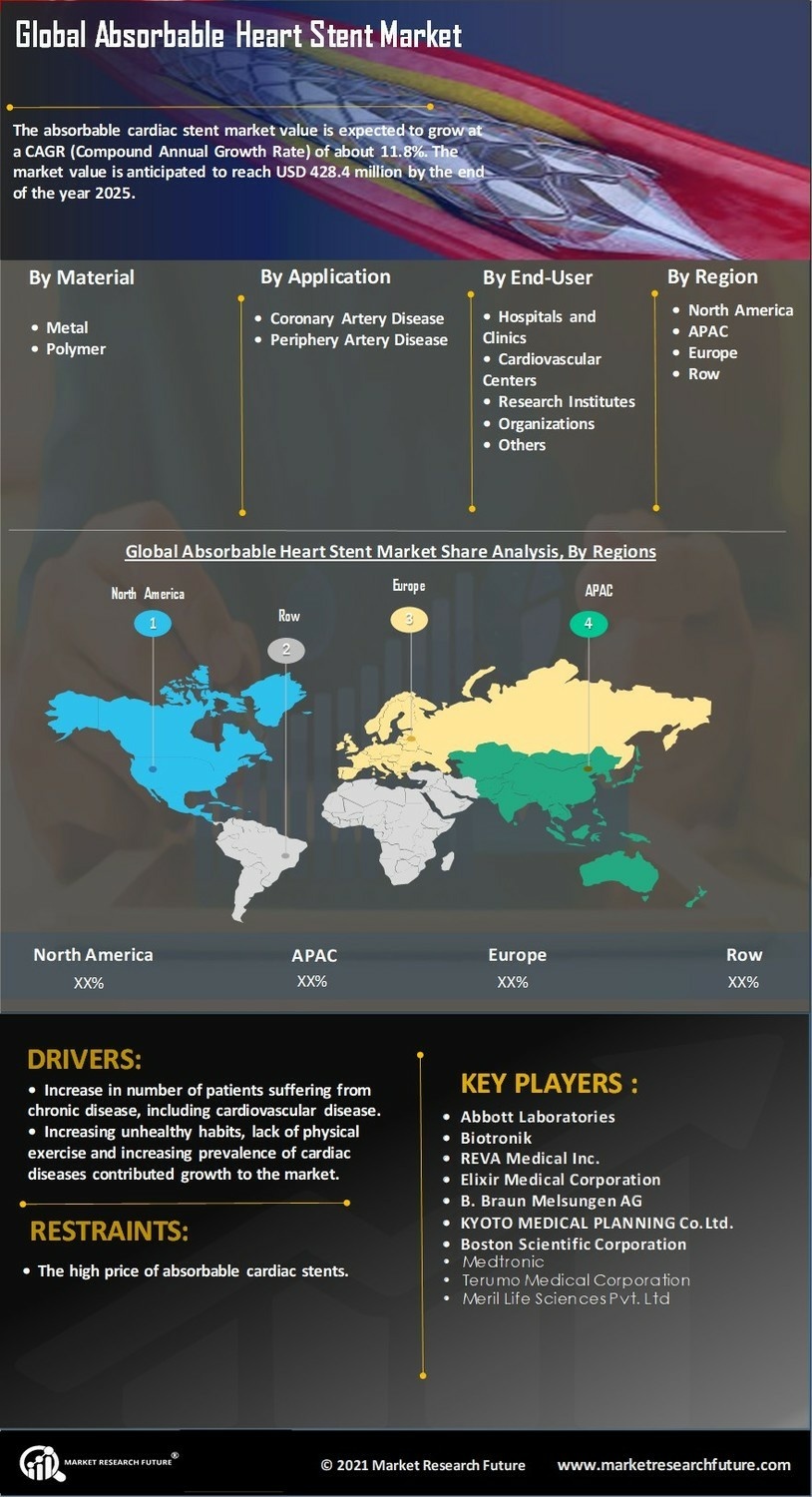

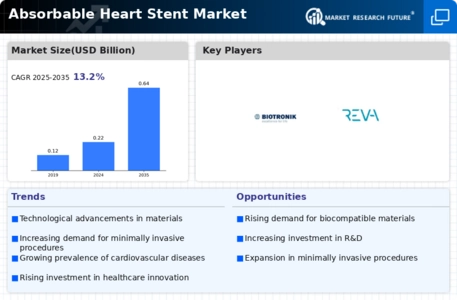
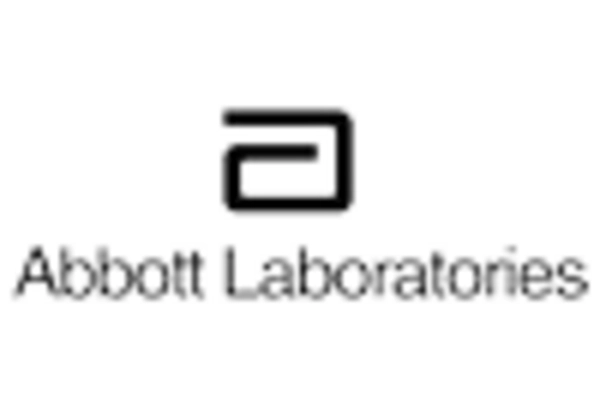
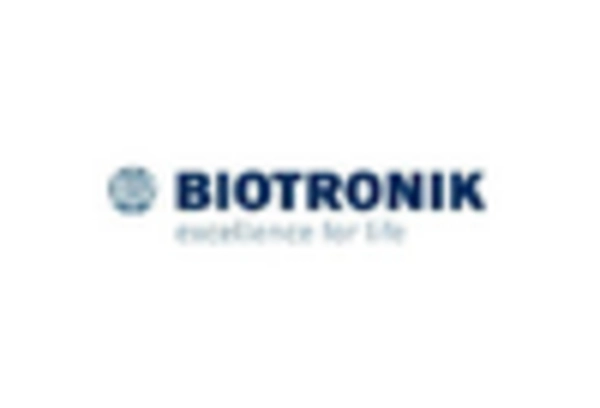



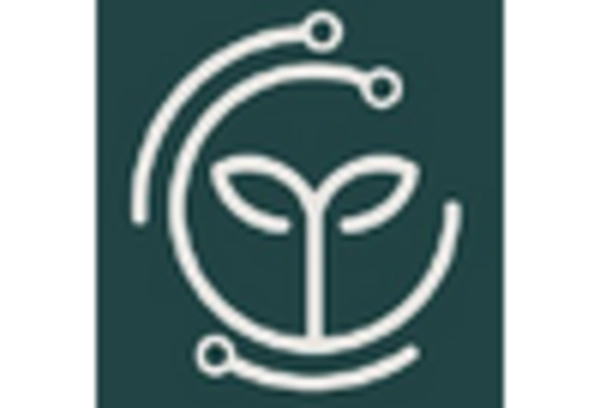








Leave a Comment